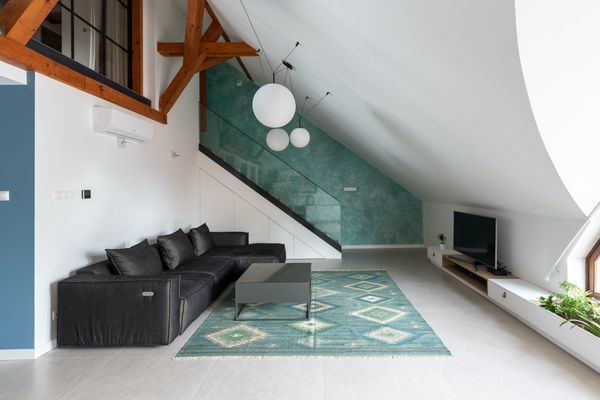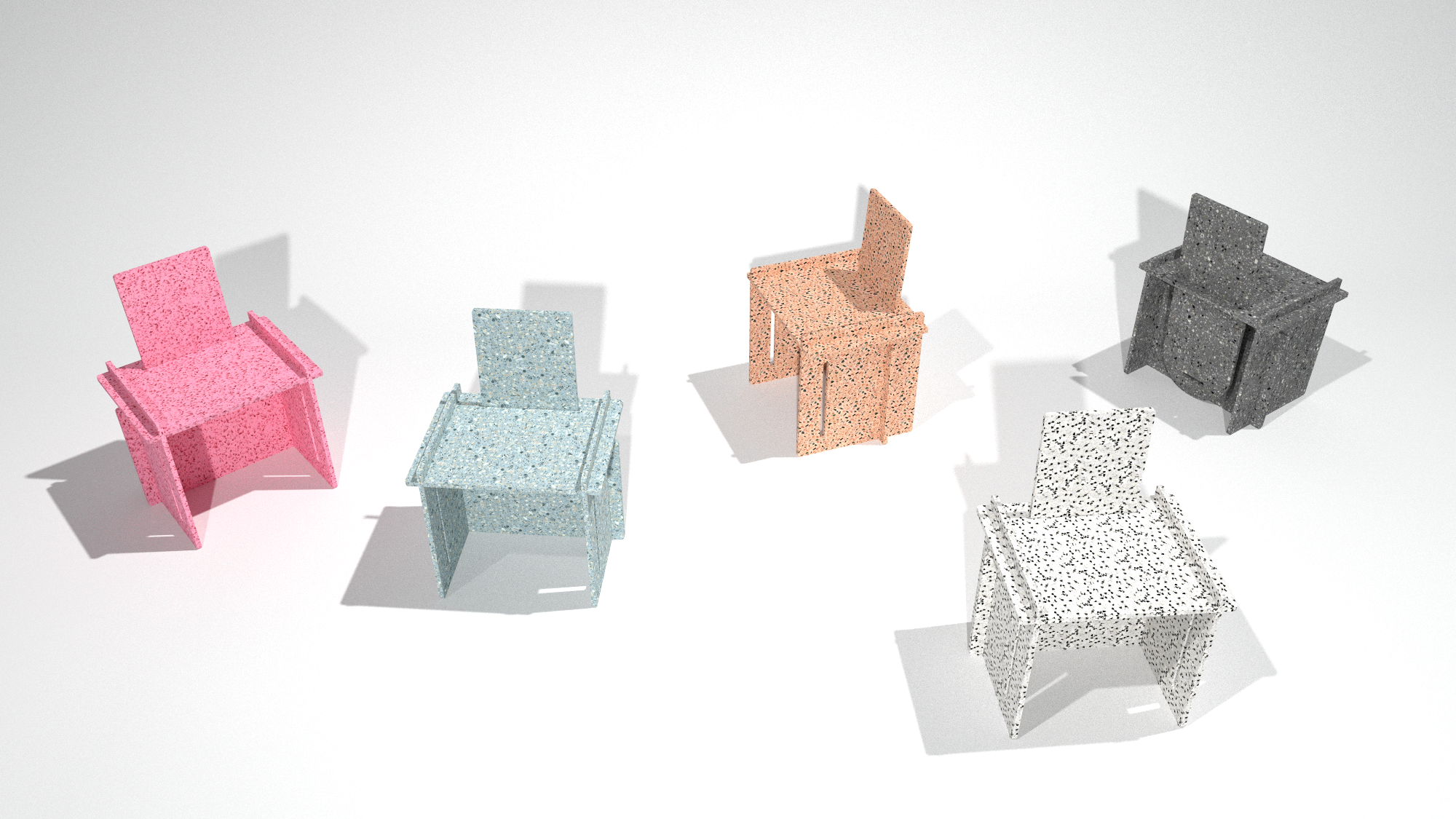We have been looking forward to introduce the winners of this year’s László Moholy-Nagy Design Grant to our readers very much. In 2020, another 8 grantees will be able to implement their self-developed projects during the six months of the grant. Let’s see the winners!
In 2019, eight young designers and design theorists could participate in the six-month László Moholy-Nagy Design Grant. Our readers could already get to know the projects of Demeter Fogarasi, Kitti Mayer, Júlia Oravecz, Apol Temesi and Lili Veres-Veszprémi a little better, but we will also present the winning projects of Zsófia Lévai, Veronika Szalai and Fruzsina Zalavári in the followings here on HYPEANDHYPER. Although the exhibition showcasing the winning works of the grant in 2019 had to be cancelled due to the epidemic, anyone can flip through the digital catalogue and can learn about the work of all eight grantees.
The Grant has been providing opportunities for creators under the age of 35 to implement exciting and innovative design projects and experiments for more than 30 years. The program managed by the Hungarian Design Council is financed by the Hungarian Intellectual Property Office and the Ministry of Human Capacities in part. So let’s see the winners of the grant in 2020!
Angéla Góg’s name is inevitable when it comes to food design. In the designers winning project named „Laska”, the goal is to design a dry pasta encyclopedia and a set of objects necessary for pasta making. The pasta encyclopedia will present the types and classification of dry pasta used in Hungary as well as stories about them, while the set of objects encompasses the tools necessary for making pasta from rolling to drying.
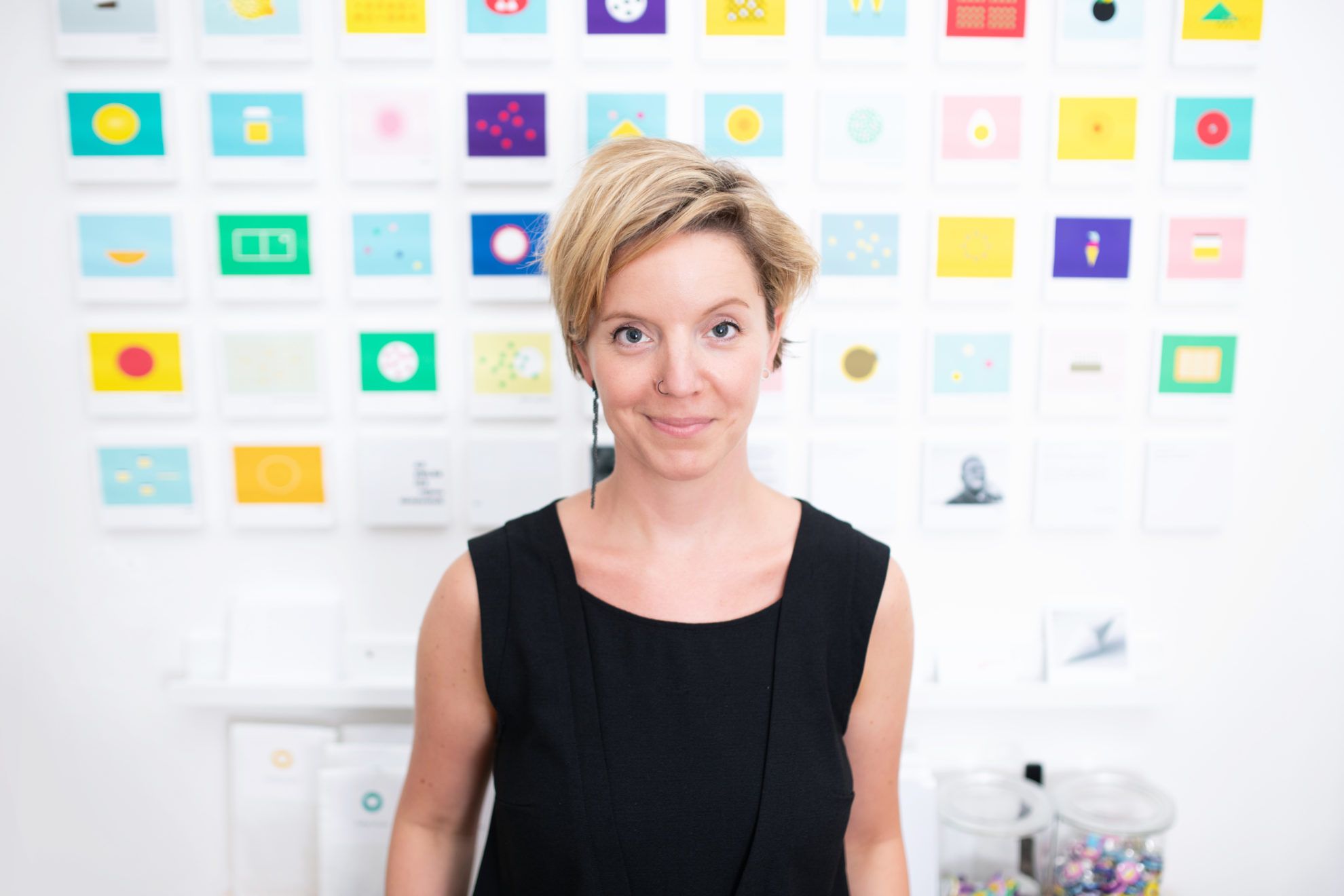
Adrienn Veres graduated from Moholy-Nagy University of Art and Design as an architect, and became a committed fan of plastic recycling during her internship in Eindhoven. The Dutch organisaton Precious Plastic known for its open source machines has become a global movement by now. The aim of the architect is to create a multifunctional furniture (family) out of recycled plastic. She intends to create her furniture without using any additional materials and to use simple joints, which can be made at home, too. The plastic panels manufactured with a semi industrial heat press presented in the designs may serve as a viable alternative in furniture making.
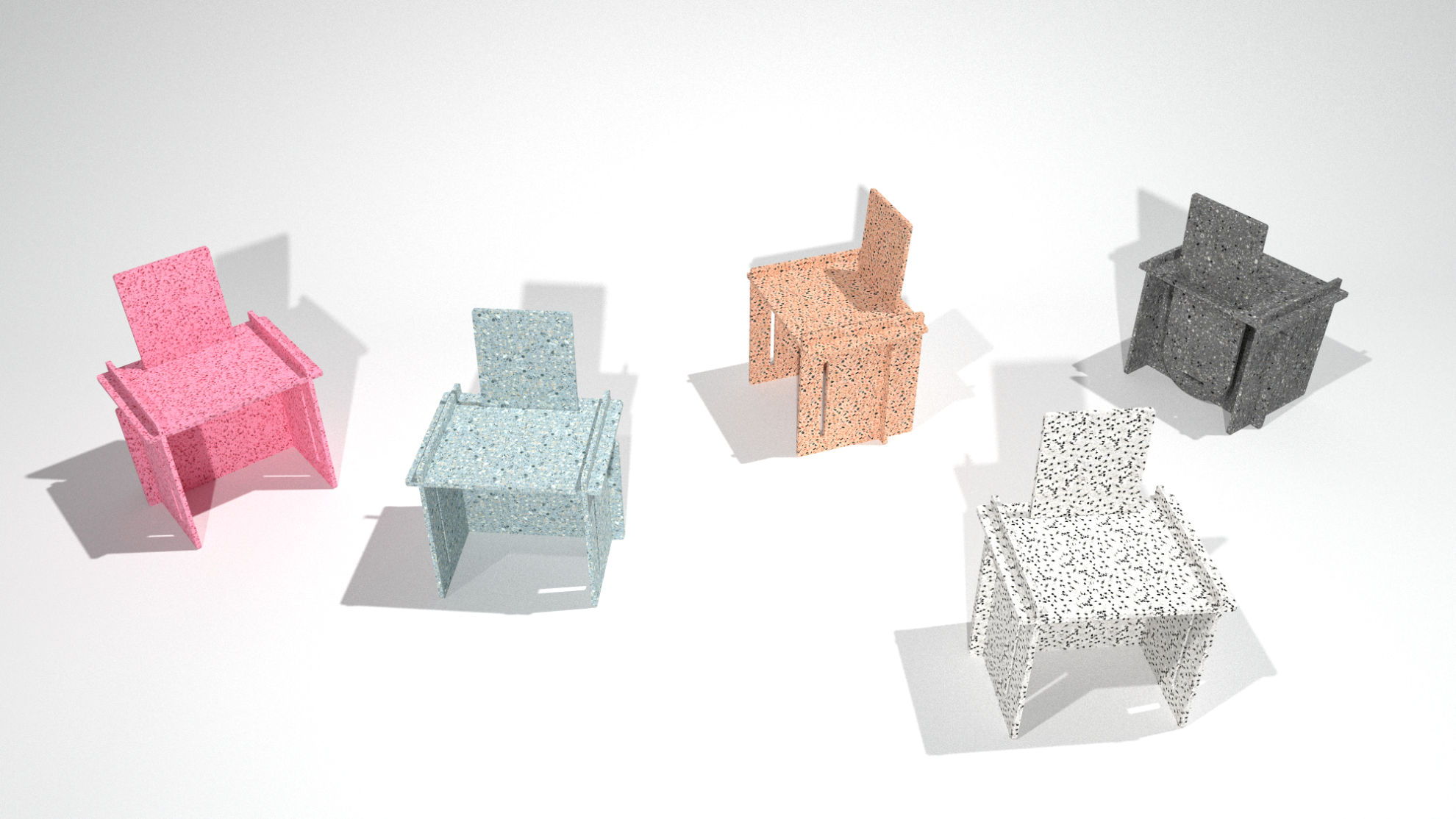
Once again in the spirit of recycling, Ádám Tóth won the trust of the jury with a project featuring add-on interior design structures, with joints made out of plastic waste and connecting elements made of wood boards. The aim of the building game intended for adults is to attempt to transform the plastic waste generated by society into building blocks. There will be recommended constructions for assembly, but other formations may also be created. This way, through the experience of creative freedom, the user’s mindset can also be shaped.

Lili Veres-Veszprémi was one of the grantees in 2019, too, with a project on pattern and textile design, however, she will focus on a different technique this year. The textile designer’s project titled „Savage Garden” wishes to create a contemporary carpet collection consisting of five pieces building on the technical and formal-structural properties of Kilim rugs, thus broadening the boundaries and composition patterns of the genre. The topic of the collection is the experience of nature, not only encompassing idyllic scenarios and harmony, but spontaneity and savagery, too.

Dániel Szalkai, the creator of the alternative apparel collection Perceptual Thinkers has been focusing on the detailed examination of the phenomenon of autism for years. In his project,his answers and concepts given to the phenomenon of autism under „Sensorism – developing generative technologies” will not exclude anyone from use, in line with the idea of “design for all”.
Edina Andrási graduated at the University of West Hungary as an applied graphic designer and designer in the silicate industry, and continued her studies in Pécs, to become a teacher of design and visual arts. During her experiments carried out in the past years with materials, Edina developed a technique allowing her to create transparent, layered and large-sized porcelain objects. In her project, she aims to design and implement the prototypes and packaging of her „Lumimosa” porcelain lamp.
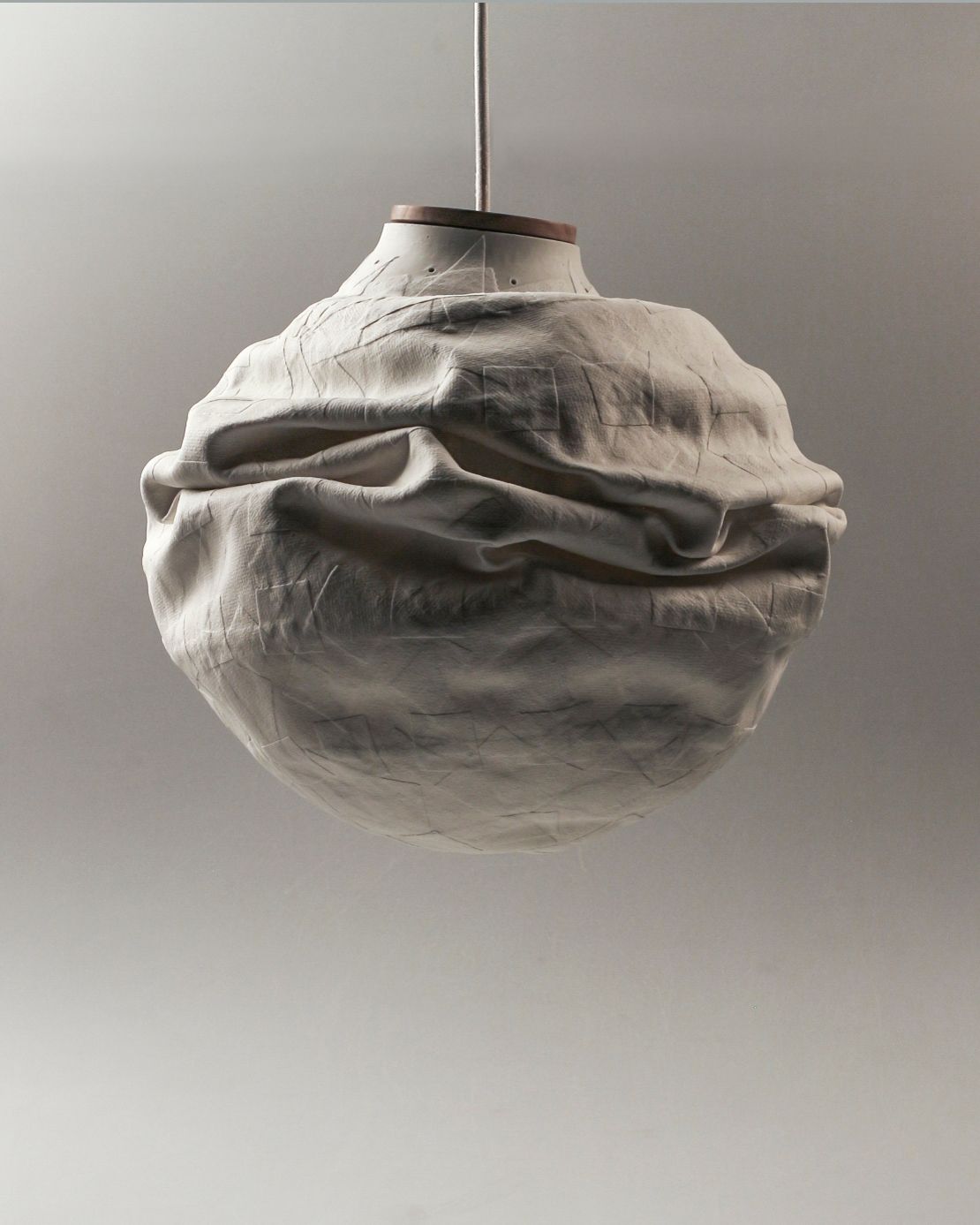
Dorottya Hlatki will design three wallpaper series under the title “Archetypical spaces”, where the graphics are related to the space also in terms of content. The architectural subjects appear on the illustrations fitting into contemporary homes in a mysterious manner, they reflect on subconscious processes, in the context of which the concept of home acquires a new meaning.

Krisztina Nagy has been working on her own brand, Mimikri since 2017, the main profile of which is the production of unique, limited series leatherware, made in the spirit of recycling. The textile designer and design manager graduated from Moholy-Nagy University of Art and Design. Krisztina will work on designing the upholsteries of a seating unit equipped with a guest bed during the six-month grant, in the framework of the project proposed by Varkoly Fiai Kft., a partner of the grant.
The designers can soon start implementing their projects, supported by the László Moholy-Nagy Design Grant with professional aid and a monetary grant of gross HUF 1,200,000 for each grantee.
The cover photo features Adrienn Veres’ project.
Source: Press release

QUARANTINE JEWELLERY | Patrícia Harsány

Pottery and poetry
